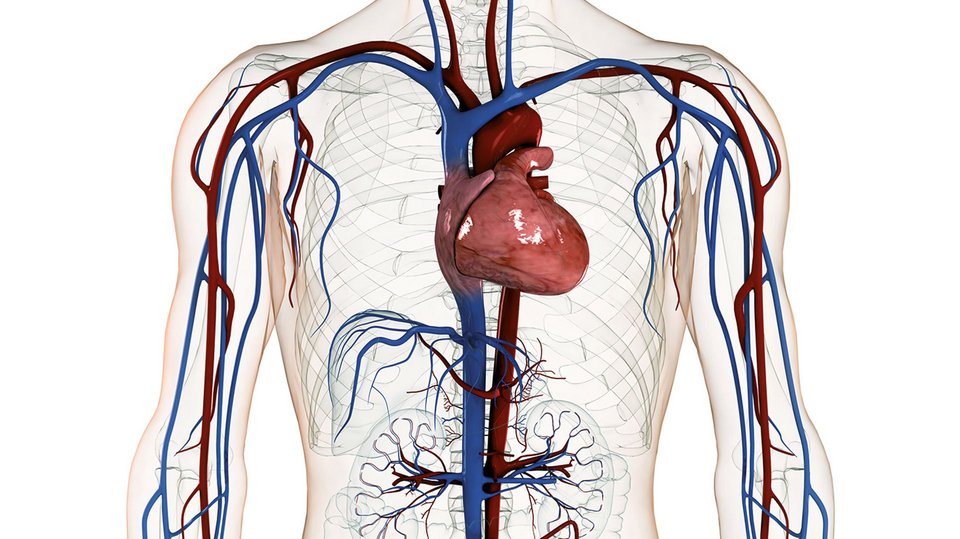Angiology deals with diseases of the vessels in general. These diseases may affect big, so called arterial vessels which lead away from the heart and which supply the internal organs with blood. One example for arterial diseases is the peripheral artery occlusive disease which causes circulatory disorders in the legs and as a result, patients are only able to walk a short distance. Furthermore, even smaller blood vessels might be affected, in the course of chronic inflammations of the body for instance. Blood circulation disorders affecting the hands are one example for this. In addition to that, angiology also deals with venous diseases such as thromboses or varicose veins.
For the purpose of a precise diagnosis, angiologists can resort to a broad range of methods. Apart from medicinal and physical treatments, the number of catheter-assisted (interventional) procedures has been increasing recently.
In catheter assisted procedures, the interventional angiologist works closely together with the vascular surgeon in order to determine the best and most gentle treatment for every single patient.
Medicinal therapy
The agent Cilostazol provides for an efficient treatment of peripheral arterial diseases (PAD), especially the peripheral artery occlusive disease. It is the only drug which has proven to be able to clearly enhance the walking distance and the quality of life of patients.
The agent has three effects:
- The drug inhibits the ingrowth of vascular smooth muscles. Thus, the vessel remains wide.
- Furthermore, the drug enhances the effect of Prostacyclin (a substance which is produced in vascular walls and which causes the vascular muscles to relax). By doing so, the function of the inner vascular wall is improved, the vessel is expanded and eventually blood flow is increased.
- Additionally, Cilostazol inhibits the activation of thrombocytes (platelets) and thus prevents them from adhering.
Certain circumstances have to be taken into account, especially regarding Cilostazol’s interactions with other drugs.
In addition to the medicinal therapy, it is necessary to fight typical risk factors.


![[Bitte in "english" übersetzen:] [Bitte in "english" übersetzen:]](/fileadmin/_processed_/3/6/csm_Herz-Gefaesszentrum_Kliniken_b881e41a9d.jpg)
